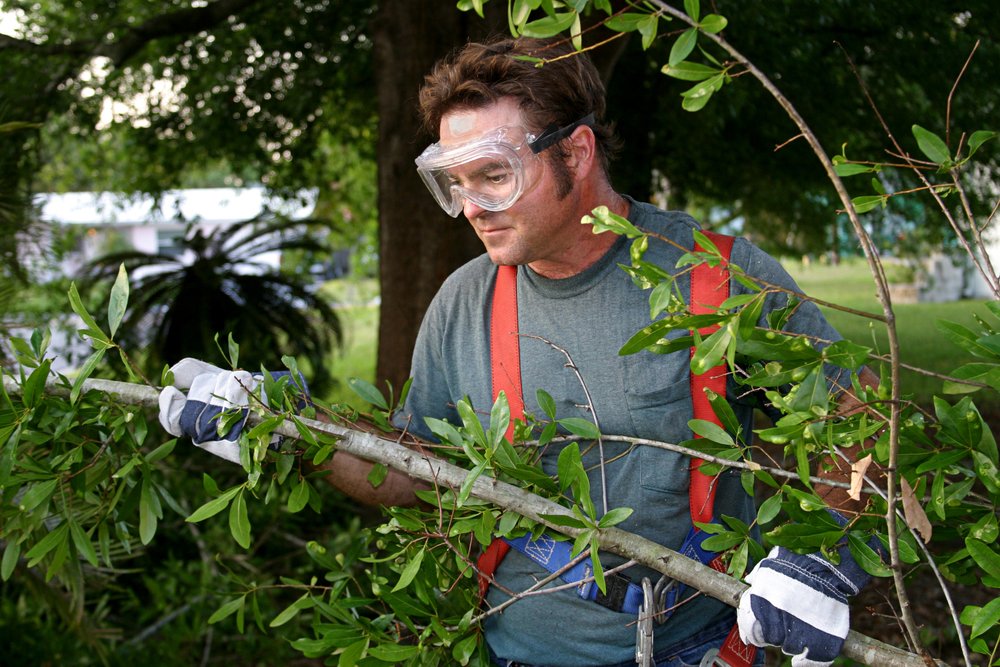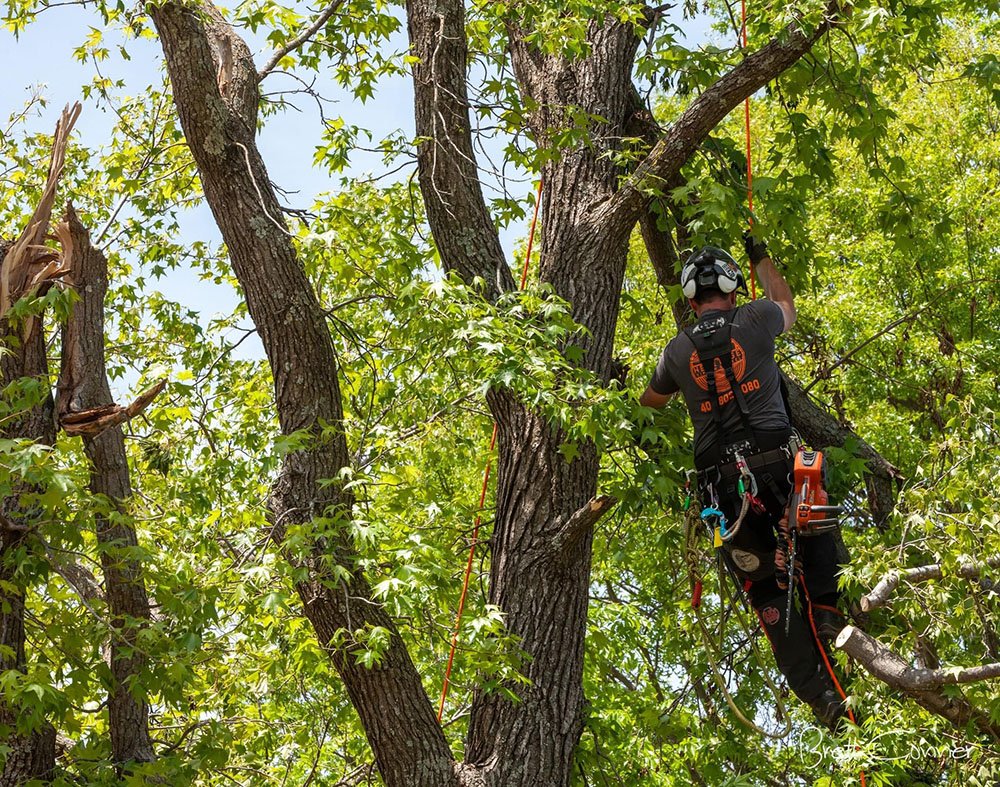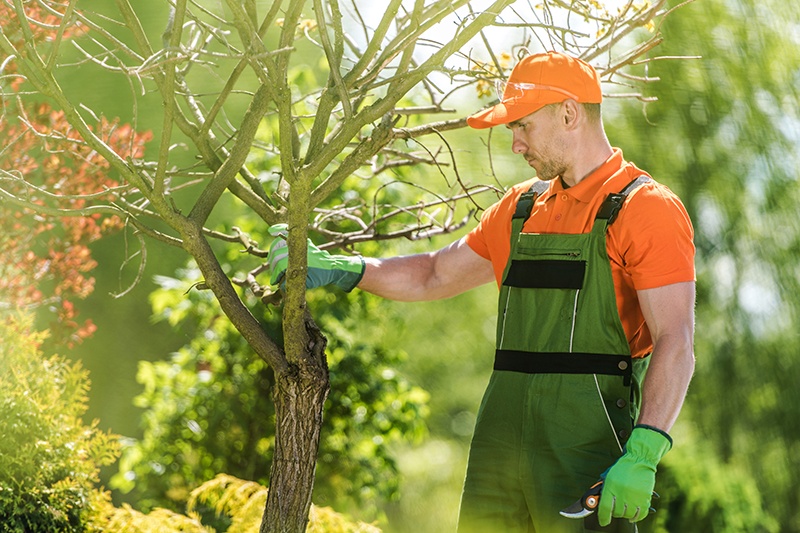Arboriculture Tips That Help Your Trees Thrive and Keep Your Yard Happy

Caring for trees can feel mysterious at first—like you’re trying to decode a secret language they don’t exactly spell out. When I first started with the few trees in my backyard, I thought watering them regularly was enough. Spoiler: it wasn’t. One stormy afternoon, branches that looked perfectly healthy simply snapped and crashed to the ground. That jolted me into realizing there’s so much more going on beneath the surface.

Here’s the bottom line: trees do communicate, but silently. If you learn to spot their signs early, you dodge expensive, frustrating problems later—and sometimes even save a life (or entire grove).
Why Become an Inspector? The Habit That Changed Everything
Think about this: would you drive your car for months without ever opening the hood or checking tire pressure? Probably not—because small checks prevent big breakdowns. Trees deserve that same attention.
When I started looking closely—crouching down, circling trunks, really seeing leaves—I caught details that had slipped by for years:
- Leaves losing their deep green shine, spotting weird blotches or curling
- Bark developing cracks or patches that look out of place
- Tiny piles of sawdust near roots (hello, unwelcome pests!)
- Dead twigs or limbs drooping when they should stand proud
At first, these signs felt subtle. But those moments of discovery were like tuning into a conversation I hadn’t realized was going on right in my yard.
Pruning Without Panic: How to Help Your Tree Heal
I’ll admit it: pruning intimidated me at first. What if I cut too much? What if I hurt the tree? Early attempts left me second-guessing every snip because wrong pruning can stress a tree far more than you realize.
The real trick is simple once you know where to look—the branch collar. It’s that slightly swollen band right where each branch joins the trunk. Always cut just outside this collar; leaving it intact helps wounds close faster and reduces infection risk.
Here’s my go-to rule now: remove only dead branches, brittle twigs, or ones rubbing painfully against neighbors. And never prune heavily during cold months—trees heal slowly when it’s chilly. Instead, aim for light shaping during spring or summer when they’re growing strong.

Quick how-to:
- Find the branch collar (it looks like a raised ring around the base of each branch)
- Use sharp pruning shears, making clean cuts angled slightly away from the trunk
- Avoid tearing bark or leaving jagged edges
It sounds fiddly at first—but once you start paying attention, pruning feels less like guesswork and more like teamwork with your tree.
Watering Young Trees: Building Strong Roots for Lifelong Health
Watering isn’t just about frequency; depth matters big time. For young trees—especially fresh transplants—I learned deep watering once a week during dry spells is crucial. Why? It trains roots to grow downward searching for water instead of sprawling shallow and vulnerable to drought.
I remember lugging buckets twice a week all summer long for one oak sapling beside my porch—it was exhausting but worth it. Years later that sapling became a sturdy shade provider while others nearby wilted during tough summers.
Pair watering with mulch—a 2–4 inch layer around the base—but make sure it doesn’t touch the trunk directly (to avoid rot). Mulch keeps soil moist longer and protects roots from temperature swings.
Real People, Real Lessons — Stories That Stick
Seeing these ideas work in real life helped me believe even more:
-
Jane, who cared for maples near her neighborhood playground, spotted bark fissures early during walks and called an arborist—saving kids from potential falling branches while preserving her favorite old trees.
-
Carlos, tending urban fruit trees on his balcony farmstead, swore by simple yearly pruning plus deep watering. He dodged fungal diseases many neighbors battled and kept his harvest bountiful year after year.
-
Last year, volunteering in a local park showed me how invasive beetles creep quietly into pine groves—quick action saved dozens of trees thanks to alert observation habits formed over time.
Your First Steps Toward Confident Tree Care
Don’t worry if all this feels overwhelming—it took me years to feel comfortable and mistakes are part of learning! Try these small steps today:
- Walk up close: Pick your favorite tree and circle it slowly. Look for anything unusual—spots on leaves? Cracks in bark? Jot notes or take photos.
- Test twigs gently: Bend suspect little branches; dead ones snap instantly while live ones flex easily.
- Check soil moisture: Dig your finger 2 inches deep near roots—if dry there, it’s time for water.
- Mulch mindfully: Add organic mulch around base but leave 3–4 inches clear from trunk.
- Find a pro: Save contact info for a certified arborist near you—even just one quick consultation offers peace of mind before things escalate.
- Celebrate growth: Notice new shoots or greener leaves? You’re making progress!

What I've Learned About Tree Care Over Time
Tree care isn’t about grand gestures done once in a frenzy—it’s steady habits built over seasons and years that make all the difference. Patience really is your best friend here; trees teach us slow persistence better than anything else.
Also: never hesitate to ask for help from experienced arborists—they’re partners in your journey, not crisis-only heroes swooping in at last minute! Their insights go beyond what most beginners can catch and keep your efforts safe and smart.
Remember safety especially near homes or power lines—that balance between maintaining health and protecting people is key so everyone thrives together peacefully.
Tree care is less about fixing plants than about nurturing relationships—with patience woven through every leaf and limb waiting quietly for your attention.
So… have you noticed anything different on your tree lately?
Take time today to tune in closer—you might be surprised by just how much your tree wants to tell you.
And trust me: those little “aha” moments are worth every bucket carried and every careful snip along the way because they turn silent giants into lifelong companions shading your world.
If you'd like, I can share some beginner-friendly videos or local resources next — just say the word!



